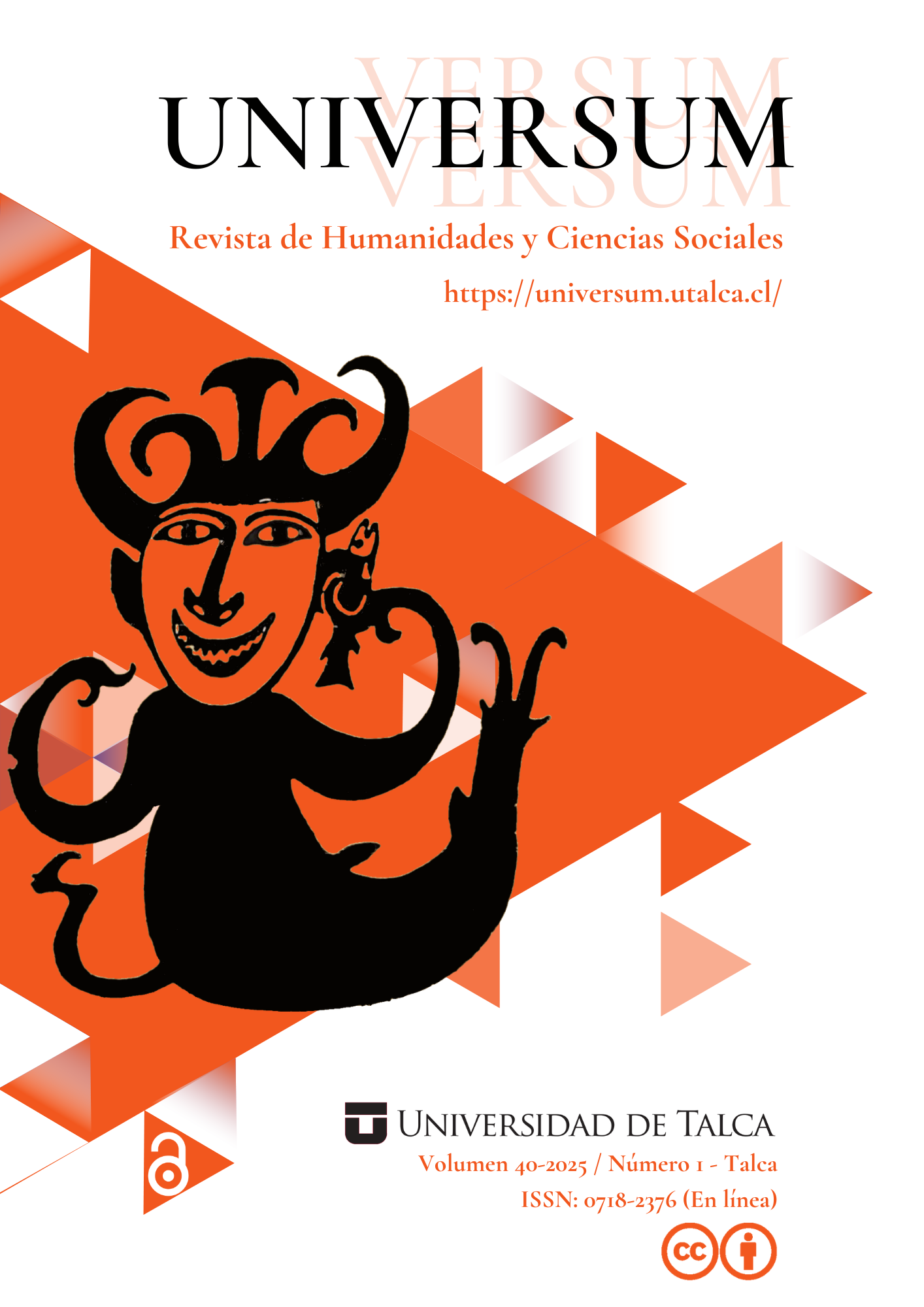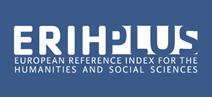Abstract
This article focuses on some texts on Argentine printmaking in the twentieth century to consider the role they played in the construction of a place of progressive recognition for this practice within the field of modern art. The cases considered are linked to relevant moments and proposals in the process of legitimizing printmaking as an artistic discipline. Although there were texts subscribed by critics or writers, most of the proposals came from the artists' perspective. In this sense, it is possible to argue that the inscription and recognition of Argentine printmaking as an artistic production within the modern cultural field of the twentieth century was largely due to the direct actions of artists and managers, rather than to the work of art critics and institutional impulse. Some of the writings published in the magazine ‘El Grabado’ (1916) are taken as a starting point, as well as texts by Antonio Berni, Gustavo Cochet and Adolfo Bellocq, among other authors.This article focuses on some texts on Argentine printmaking in the twentieth century to consider the role they played in the construction of a place of progressive recognition for this practice within the field of modern art. The cases considered are linked to relevant moments and proposals in the process of legitimizing printmaking as an artistic discipline. Although there were texts subscribed by critics or writers, most of the proposals came from the artists' perspective. In this sense, it is possible to argue that the inscription and recognition of Argentine printmaking as an artistic production within the modern cultural field of the twentieth century was largely due to the direct actions of artists and managers, rather than to the work of art critics and institutional impulse. Some of the writings published in the magazine ‘El Grabado’ (1916) are taken as a starting point, as well as texts by Antonio Berni, Gustavo Cochet and Adolfo Bellocq, among other authors.
References
Agrelo, M. D. (1927). Los orígenes del aguafuerte en la República Argentina. En Aguafuertes porteños. [Texto en un álbum de grabado]. Ediciones La Peña.
Amigo, R., Dolinko, S. & Rossi, C. (Eds.). (2010). Palabra de artista. Escritos sobre arte argentino, 1961-1981. Fundación Espigas & Fondo Nacional de las Artes.
Bellocq, A. (1935). El grabado y la ilustración. Arte y decoración, (1).
Bellocq, A. (1964). Conferencia radial [mecanografiada]. Archivo Bellocq, Centro de Estudios Espigas, Fundación Espigas.
Berni, A. (1935). Siqueiros y el arte de masas. Nueva Revista, (3), 14.
Broullon, R. (1981). Rubli. Pintores argentinos del siglo XX N° 88 - Serie complementaria: Grabadores argentinos del siglo XX/8. Centro Editor de América Latina.
Cochet, G. (1943). El grabado. Su historia y su técnica. Poseidón.
Cordova Iturburu, C. (1935). Sin título. Carpeta 14 grabados. Ediciones Unidad.
Dolinko, S. (2023). Exploraciones y tradiciones modernas: Manifestación multifocal. En M. A. García (Ed.), Berni. Manifestación en foco (pp. 26-43). Malba.
Dolinko, S. (2012). Arte plural. El grabado entre la tradición y la experimentación 1955-1973. Edhasa.
Dolinko, S. (2011). Museo imaginario, Museo Castagnino: el grabado como arte autónomo (Rosario, 1942). En S. Szir, V. Tell y V. Usubiaga (Eds.), La autonomía del arte: debates en la teoría y en la praxis. VI Congreso Internacional de Teoría e Historia de las Artes-XIV Jornadas CAIA (pp. 325-336). CAIA.
El Grabado (1916a). Sin título. El Grabado, (1), 1.
El Grabado (1916b). Exposiciones de grabado. El Grabado, (2), 3-4.
El Grabado (1916c). Sociedad de Grabadores. El Grabado, (2), 7.
García, M. A. & Szir, S. (Eds.) (2017). Entre la academia y la crítica: la construcción discursiva y disciplinar de la historia del arte. Argentina-siglo XX. Eduntref.
Gluzman, G. (2021). María del Carmen Portela (1896-1984). Notas al pie del canon. El canon accidental. Mujeres artistas en Argentina (1890-1950). Museo Nacional de Bellas Artes. https://media.bellasartes.gob.ar/h/Publicaciones/Escuela_Profesional_N_5_GG.pdf.
Gociol, J. (2007). Más libros para más: colecciones del Centro Editor de América Latina. Biblioteca Nacional Mariano Moreno.
Laumann, L. (2023). Aída Carballo, maestra. Producción gráfica y derroteros institucionales en Buenos Aires en la segunda mitad del siglo XX. Miño y Dávila.
Malosetti Costa, L. (2024). Eduardo Sívori. Artista moderno en París. Museo Nacional de Bellas Artes.
Malosetti Costa, L. (2001). Los primeros modernos. Arte y sociedad en Buenos Aires a fines del siglo XIX. Fondo de Cultura Económica.
Mantovani, L. (2023). El pueblo tiene derecho a la belleza. Artes aplicadas, educación e industria en Buenos Aires (1910-1940). Miño y Dávila.
Muñoz, M.A. (2008). Los artistas del pueblo 1920-1930. Fundación OSDE.
Museo del Grabado (1963). Contribución al mayor conocimiento del grabado como obra de arte [Desplegable].
Pécora, O. & Barranco, U. (Eds.). (1943). Sesenta y cinco grabados en madera. La xilografía en el Río de la Plata. Plástica.

This work is licensed under a Creative Commons Attribution-NonCommercial 4.0 International License.
Copyright (c) 2025 Universum (Talca. Online)












